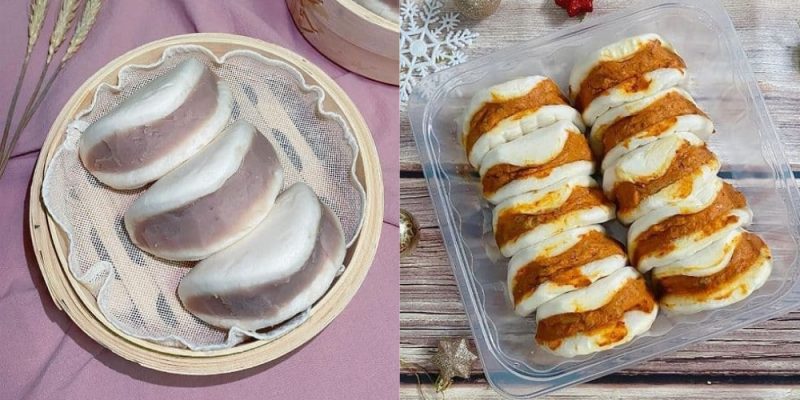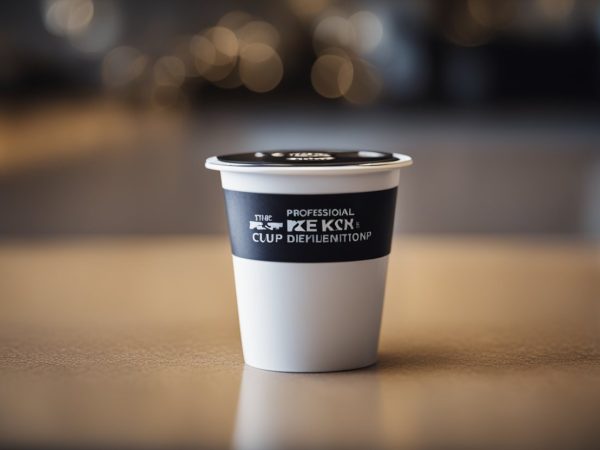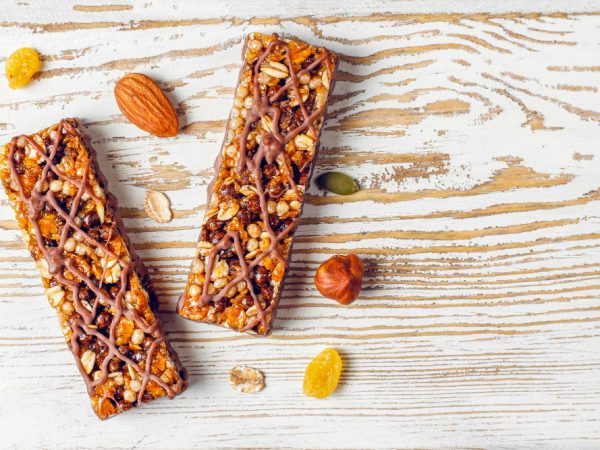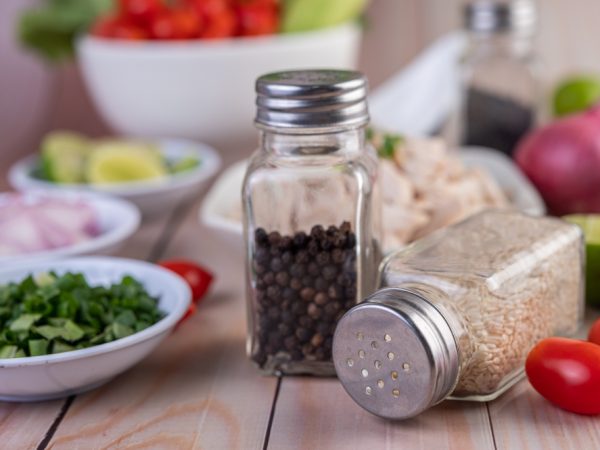Otah Bun Delight: A Spicy Southeast Asian Street Food Favorite

Otah bun is more than just a snack — it’s a flavorful symbol of Southeast Asian street food culture, blending the fiery, aromatic taste of spiced fish paste (otah or otak-otak) with the soft, pillowy texture of steamed or baked buns. Widely popular in Singapore, Malaysia, and Indonesia, this delightful street food offers a perfect bite of spice, sweetness, and warmth. This article explores the origins, cultural significance, preparation, and variations of the otah bun, alongside health insights and modern adaptations.
The Origins of Otah: A Cultural Heritage in Every Bite
Otah, also known as otak-otak, has deep roots in Malay and Peranakan cuisine, and its origins trace back centuries to the Malay Archipelago. The word “otak” means “brain” in Malay, referencing the dish’s soft, mushy texture rather than its ingredients. Traditional otah is made from spiced fish paste, usually mackerel or tenggiri (Spanish mackerel), blended with aromatic herbs like lemongrass, turmeric, galangal, and chili, then wrapped in banana leaves and grilled.
Over time, this dish evolved into various regional forms — from the grilled otak-otak in Indonesia to the steamed variants in Singapore. Eventually, otah was paired with bread, creating the otah bun — an ingenious fusion that balances spice with a fluffy bun.
What Makes Otah Bun So Special?
Otah bun stands out because it merges contrasting textures and flavors — the soft and chewy bun with the spicy, savory otah. The bun’s subtle sweetness tempers the heat of the fish paste, offering a bite that’s rich in flavor and culturally nostalgic.
Several characteristics make otah bun unique:
- Convenient and portable – perfect as a snack or quick meal.
- Balanced flavor profile – spice meets sweetness.
- Fusion food appeal – traditional Southeast Asian meets modern street food.
This has helped otah buns rise in popularity in hawker centers, food trucks, and bakeries, especially in Singapore and Malaysia.
Ingredients Behind the Flavor Explosion
To understand otah bun, you need to appreciate the ingredients that bring it to life:
For the Otah Paste:
- Fresh fish (typically mackerel or sardine)
- Coconut milk
- Shallots
- Lemongrass
- Turmeric
- Galangal or ginger
- Dried chilies or chili paste
- Kaffir lime leaves
- Salt and sugar
For the Bun:
- All-purpose flour or bread flour
- Yeast
- Milk or water
- Sugar
- Butter or margarine
- Eggs
The spicy paste is either inserted into the dough before baking or used as a filling post-bake, depending on the cooking method. Some versions use steamed mantou buns, while others opt for baked sweet rolls.
How Otah Buns Are Made: Step-by-Step Preparation
Making otah buns involves two main stages — preparing the otah paste and making the bun dough. Here’s a simplified version of the process:
Step 1: Prepare the Otah Paste
- Blend ingredients — Combine fish, spices, herbs, coconut milk, and seasoning in a food processor until smooth.
- Cook gently — The paste is pre-cooked over low heat to concentrate the flavors and thicken the texture.
- Cool and portion — Let the mixture cool before adding it into the dough.
Step 2: Make the Bun Dough
- Mix and knead — Combine flour, yeast, milk, sugar, and butter into a dough and knead until elastic.
- First proof — Let the dough rise until doubled in size.
- Shape with otah filling — Divide the dough, fill each with otah paste, and shape into buns.
- Second proof — Let the shaped buns rest and rise again.
- Bake or steam — Bake at 180°C (350°F) for 15–20 minutes or steam if a softer texture is preferred.
The result is a fragrant, savory, and mildly spicy bun that’s soft on the outside and packed with flavor inside.
Regional Variations of Otah Bun
Otah buns vary by region, reflecting local preferences and cooking styles:
- Singapore: Baked versions are more popular, often found in bakeries with a slightly sweet, enriched dough.
- Malaysia: You’ll find both steamed and baked versions, often in night markets. Some even use pandan-flavored buns.
- Indonesia: The otak-otak itself is more prevalent than the bun, but some street vendors wrap the fish paste in bread or rice flour parcels.
- Thailand: A similar dish known as hor mok uses a spicier paste, though it is typically steamed in banana leaves rather than served in a bun.
This flexibility in preparation has allowed the dish to travel and adapt across borders, appealing to diverse palates.
Otah Buns in Modern Cuisine and Fusion Trends
Today, otah buns are undergoing a renaissance thanks to fusion food trends and the popularity of Southeast Asian flavors globally. Chefs and home cooks are experimenting with:
- Cheese otah buns – combining melted cheddar with spicy otah.
- Otah sliders – small buns with otah patty and toppings like slaw or mayo.
- Otah croissants or pastries – found in gourmet bakeries and food trucks.
- Vegan otah buns – using plant-based fish alternatives or tofu with similar spices.
The combination of umami, spice, and soft carbs fits well with modern street food culture and social media appeal. Food bloggers and TikTok creators often feature otah buns due to their visual and sensory appeal.
Nutritional Information and Health Benefits
While otah buns are indulgent, they can also be relatively nutritious when made with fresh ingredients and controlled portions:
- Protein-rich – from fish or alternative proteins.
- High in omega-3 fatty acids – especially if mackerel is used.
- Source of complex carbs – in whole grain or enriched buns.
- Contains beneficial spices – like turmeric and chili, which have anti-inflammatory properties.
However, watch for
- Sodium levels – otah paste can be high in salt.
- Saturated fats – from coconut milk and butter in buns.
Homemade versions offer more control over the nutritional profile, allowing for low-sodium, high-protein variations.
Conclusion
Otah bun isn’t just a snack — it’s an experience that blends tradition, culture, spice, and comfort into one delightful package. Whether you discover it on a bustling Singapore street corner, in a Malaysian market, or as a gourmet twist at a food fair, this spicy bun will leave a lasting impression. Its growing global appeal proves that some of the best culinary creations are born from simple, time-honored ingredients.
If you’re a foodie looking to explore Southeast Asian flavors, or a home cook eager for a new challenge, otah buns are the perfect dish to try. Spicy, savory, and utterly satisfying — the otah bun truly is a street food favorite.
FAQs
1. What type of fish is best for making otah paste?
Mackerel (especially Spanish mackerel) is most commonly used due to its firm texture and rich flavor. However, sardines or even prawns can be used as alternatives.
2. Can I freeze otah buns for later?
Yes, baked otah buns can be frozen in airtight containers for up to 2 months. Reheat in the oven or steamer for best texture.
3. Is otah bun very spicy?
The level of spice can be adjusted depending on the amount and type of chili used. Traditional recipes are medium to hot in spice level.
4. Are there vegetarian versions of otah buns?
Yes, modern recipes replace fish with mashed tofu or tempeh and use similar spices to replicate the otah flavor profile.
5. Where can I buy otah buns outside of Southeast Asia?
Otah buns are increasingly available at Asian bakeries, specialty food stores, or online marketplaces in cities with large Southeast Asian communities.
Also read: Bernini Palace: 10 Reasons Why Couples Love This Romantic Getaway










